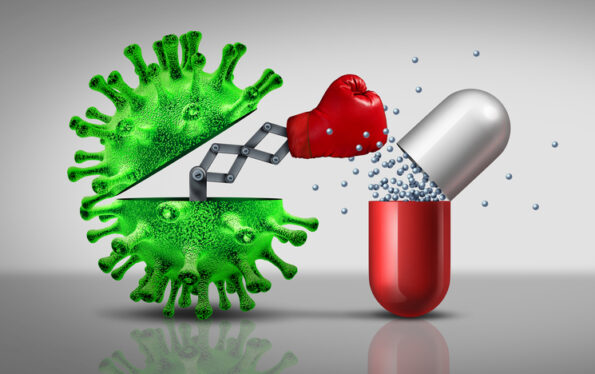Introduction
Remember that childhood scrape that healed miraculously thanks to a small pill? Or the surgery you underwent, confident in the knowledge that antibiotics would ward off infection? These seemingly mundane experiences stand as testaments to the immense power of antibiotics, drugs hailed as one of medicine’s greatest triumphs. But this victory hangs precariously in the balance, threatened by a silent enemy: antibiotic resistance.

This phenomenon, where bacteria and other microbes evolve to render antibiotics ineffective, isn’t some distant dystopian threat. It’s a present-day crisis, unfolding silently in hospitals, communities, and even farms. The numbers paint a grim picture: the WHO estimates that 700,000 deaths occur annually due to resistant infections, a figure projected to balloon to 10 million by 2050 if left unchecked.
Understanding the Culprit:
Imagine bacteria as nimble adversaries, constantly adapting and evolving. When exposed to antibiotics, some develop mutations or acquire genes that grant them immunity. These “superbugs” then multiply and spread, leaving traditional treatments powerless. The more we overuse or misuse antibiotics, the faster these resistant strains emerge, creating a vicious cycle.
The Fallout: A World without Antibiotics:
The consequences of unchecked antibiotic resistance are chilling. Simple infections like pneumonia or urinary tract infections could become untreatable, turning routine procedures like surgery into life-or-death gambles. The specter of untreatable epidemics looms large, potentially erasing decades of progress in areas like cancer treatment and organ transplantation.
Beyond Superbugs: The Multifaceted Threat:
While superbugs represent a significant danger, the issue goes beyond individual resistant strains. The overuse of antibiotics in agriculture to promote animal growth and prevent disease in livestock fuels resistance, creating reservoirs of superbugs that can then jump to humans through contaminated food or the environment. This “one-health” approach underscores the interconnectedness of human, animal, and environmental health.
Fighting Back: A Multi-pronged Approach:
The good news? We’re not without weapons. Combating antibiotic resistance requires a holistic approach encompassing:
- Judicious antibiotic use: Prescribing antibiotics only when truly necessary, for the right duration, and for the correct infection, is crucial. This requires robust healthcare systems with access to diagnostic tools and education for both doctors and patients.
- Infection prevention: Practicing good hygiene, like handwashing, and responsible vaccination significantly reduce the need for antibiotics in the first place.
- Investment in research: Developing new antibiotics and alternative therapies is critical. Research into antivirulence strategies, bacteriophages (viruses that infect bacteria), and microbiome manipulation holds promise for novel solutions.
- Public awareness: Educating the public about antibiotic resistance empowers individuals to make informed choices about their health and advocate for responsible use in medicine and agriculture.
Beyond Awareness: Collective Action:
Awareness is just the first step. Individual actions, while important, need to be coupled with collective effort. Governments need to implement stricter regulations on antibiotic use in agriculture and human medicine. Pharmaceutical companies need to invest in research and development of new antibiotics. International collaboration is crucial for sharing knowledge, resources, and best practices.
The Future We Choose:
Antibiotic resistance isn’t an inevitable fate. By understanding the threat, using antibiotics wisely, supporting research, and advocating for responsible practices, we can rewrite the future of medicine. Let’s choose a future where these life-saving drugs continue to work their magic, safeguarding generations to come and ensuring that the miracle of antibiotics doesn’t become a distant memory.
